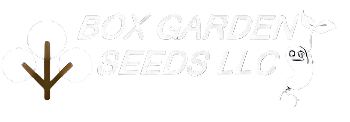

*****Cannot be shipped to Washington State.******
This annual or overwintering annual is native to the Mediterranean and is widely naturalized. The stripped stalk is a lot like celery. The flowers are a beautiful, healthy, and delicious garnish for any salad. High in Antioxidants, bioflavonoids, and naturally occurring compounds that help the liver, Milk Thistle is a super-food, in every sense of the word. Every part of the plant is edible, with the exception of the thorns that protect the plant’s stalk. The purple flower, the stalk and leaves (stripped of the thorny needles), and the roots may be eaten raw or cooked. Many people like to juice these items. The stripped stalk is a lot like celery. The flowers are a beautiful, healthy, and delicious garnish for any salad.
Milk Thistle plants are grown as annuals when started early indoors. Seed is sown directly outdoors to produce biennial plants in most climates and will flower in their second season. Milk Thistle performs best in full sun, with fertile soil and moderate water. Having said that, it can tolerate drought, any soil, and partial shade. Direct sow Milk Thistle seeds 1/2" deep into prepared seed beds after all danger of frost. Plant in groups of 3-4 seeds, spaced 30-36" apart. Germination should be seen in 10-20 days. Thin to the strongest plant. Milk Thistle seeds can be started earlier indoors and transplanted. When the plants are young, the leaves can be used in salads or other dishes once the spines are removed. Milk Thistle flowers attract bees and butterflies. To limit self-sowing, remove flowers after they bloom.
Pkt Size/Approx, Seeds
0.1 mg ~ 30+ Seeds
















